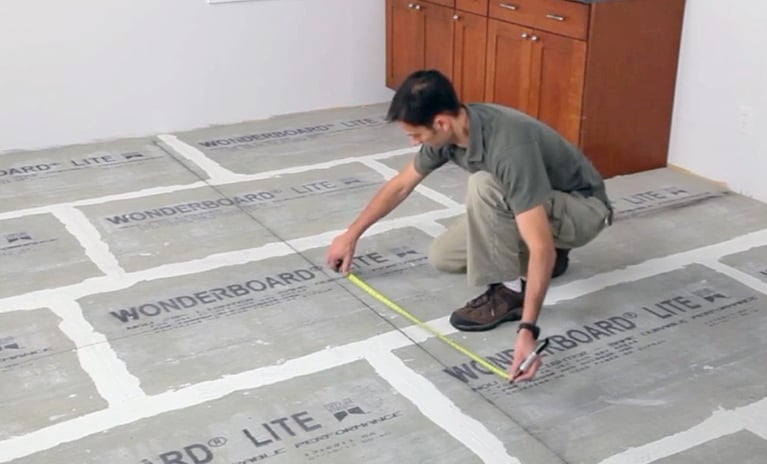The Reality Of Tiling
Put yourself in our shoes
Damon Phipps
9/22/20242 min read


Many people out there think that tiling is simply sticking shapes onto walls or floors, so when an installer comes around to give a quote and informs the customer of the reality of the job, i.e. materials, preparation and labour, the customer usually thinks about how to bring the cost down. Unfortunately, that usually ends up with bringing in a “cowboy” who will do anything as long as he gets paid.
There are actually a number of factors that come into play before any tile is even laid:
THE MATERIAL OF THE SUBSTRATE/SURFACE
You cannot tile onto every type of surface. Tiles are rigid and will not bend or flex, so in order to stop them from fracturing or becoming loose the surface needs to be firm and secure. Some examples of surfaces that can’t be tiled over are:
• Plywood on walls
• MDF
• Painted surfaces
• Laminate flooring
• Hardboard
• Wallpaper
• Cushioned vinyl
• Plastic sheet materials
• Weak and fragile surfaces
Surfaces that can be tiled over have load-bearing limits. i.e.
• Gypsum Plaster can hold up to 20KG/m2
• Gypsum Plasterboard direct without a plaster skim can hold up to 32KG/m2
• XPS/Foam Boards can hold up to 120KG/m2
• Cement Boards can hold up to 200KG/m2
HOW LEVEL/FLAT IS THE SUBSTRATE/SURFACE
British standards regulations state that there shouldn’t be a deviation of + or - 3mm over the span of 2 metres. Meaning that if the surface is not level enough, it will have to be levelled prior to tiling.
THE MATERIAL OF THE TILE
Tiles come in a variety of materials. Ceramic, porcelain, Terracotta, Marble etc… The type of tile used will determine which adhesive, Tile sealer and trowel size will be used.
THE TYPE OF ADHESIVE USED
There are also different types of adhesives. The type of adhesive used depends on:
• The type of tile i.e. Ceramic, porcelain, Natural stone.
• Type of room the tile will be installed i.e. wetroom, dry room, swimming pool.
• The speed you need the tiles to set.
• The movement of the substrate.
GENERAL PREPARATION
As stated earlier, tiles aren’t merely thrown onto a wall or floor, starting from one side to the other. There is an art/science to it. A good tiler will have to determine the best position to start tiling that will leave the most aesthetic looking finish. Tiny, unpleasant-looking cuts can ruin the outcome of the job. There are, however, times when leaving tiny cuts cannot be avoided, but a good tiler will try and have those small cuts laid in discreet areas.